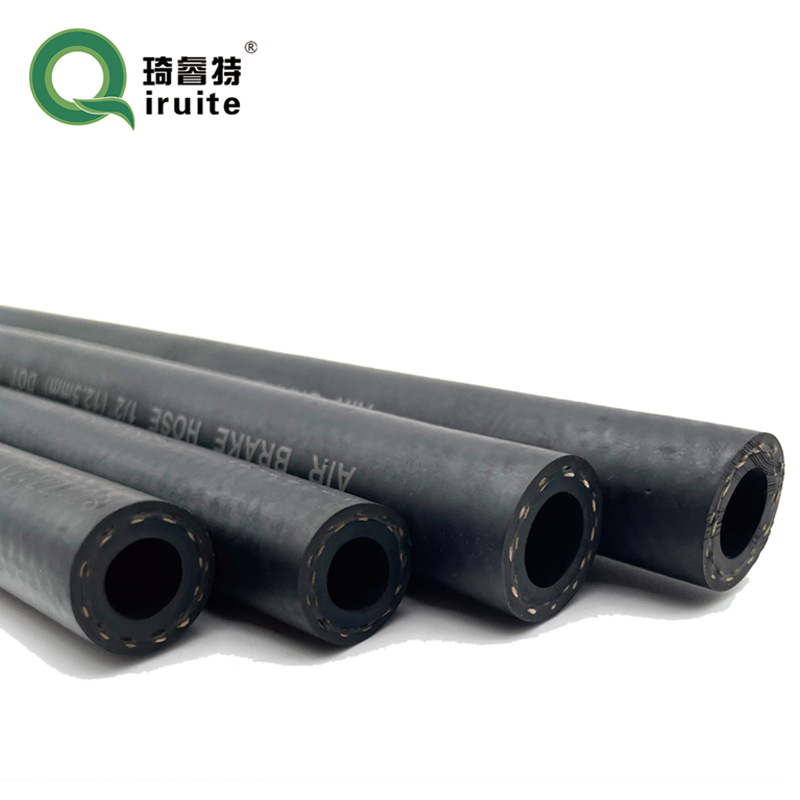hose a brake
The Importance of Hose and Brake Systems in Vehicles
In modern automotive engineering, safety and performance are paramount. One of the crucial components that contribute to these aspects is the brake system, specifically the role of hoses. Brake hoses are vital conduits in hydraulic braking systems that ensure the transfer of brake fluid from the master cylinder to the brake calipers. This article aims to explore the importance of hose and brake systems in vehicles, their functionality, and the impact of hose maintenance on vehicle safety.
The Function of Brake Hoses
Brake hoses are typically made from a combination of rubber and reinforced materials designed to withstand high pressures. When the driver presses the brake pedal, hydraulic pressure is generated in the master cylinder. This pressure travels through the brake lines, including the hoses, ultimately reaching the brake calipers at the wheel assemblies. The calipers then clamp down on the brake rotors, slowing down or stopping the vehicle.
The design and quality of brake hoses are crucial. They must resist abrasion, heat, and the corrosive properties of brake fluid. Moreover, they should have some flex to accommodate the movement of the vehicle’s suspension system. A poorly designed or worn-out hose can lead to brake failure, potentially resulting in catastrophic accidents.
Types of Brake Hoses
There are two primary types of brake hoses rubber and stainless steel braided. Rubber hoses are the standard in most vehicles due to their flexibility and lower cost. However, over time, they can deteriorate from exposure to heat, chemicals, and environmental conditions.
Stainless steel braided hoses, on the other hand, offer improved performance. They provide enhanced resistance to abrasion and are less susceptible to expansion under pressure, leading to more consistent brake feel. Many performance and racing applications use these hoses to ensure maximum braking efficiency.
hose a brake

Maintenance and Inspection
Regular maintenance and inspection of the hose system are essential for vehicle safety. Drivers should periodically check for any signs of wear, such as cracks, bulges, or leaks in the hoses. Ensuring that the brake fluid is topped up and that it is free of contaminants is also vital. Contaminated fluid can cause hose deterioration and lead to brake failure.
Unfortunately, many drivers neglect this aspect of vehicle maintenance, often until a brake problem arises. A proactive approach to checking brake hoses can avert potentially dangerous situations. In addition to visual inspections, it is advisable to have a certified mechanic conduct a more thorough examination of the brake system at regular intervals.
The Consequences of Neglect
Neglecting the maintenance of brake hoses can have dire consequences. In extreme cases, a ruptured brake hose can result in a complete loss of braking capability. This situation can occur suddenly and without warning, creating significant hazards on the road. Furthermore, a compromised brake system can lead to increased stopping distances and erratic brake response, further endangering the occupants of the vehicle and others on the road.
Conclusion
In summary, brake hoses play an indispensable role in the overall braking system of vehicles. Their functionality ensures that hydraulic pressure is effectively transmitted, thereby allowing for responsive and safe braking performance. Regular inspection and maintenance of these hoses are key to preventing brake system failures. By prioritizing the condition of brake hoses and understanding their importance, drivers can contribute significantly to their own safety and that of others, ensuring a smoother and safer driving experience.
-
Ultimate Spiral Protection for Hoses & CablesNewsJun.26,2025
-
The Ultimate Quick-Connect Solutions for Every NeedNewsJun.26,2025
-
SAE J1401 Brake Hose: Reliable Choice for Safe BrakingNewsJun.26,2025
-
Reliable J2064 A/C Hoses for Real-World Cooling NeedsNewsJun.26,2025
-
Heavy-Duty Sewer Jetting Hoses Built to LastNewsJun.26,2025
-
Fix Power Steering Tube Leaks Fast – Durable & Affordable SolutionNewsJun.26,2025

